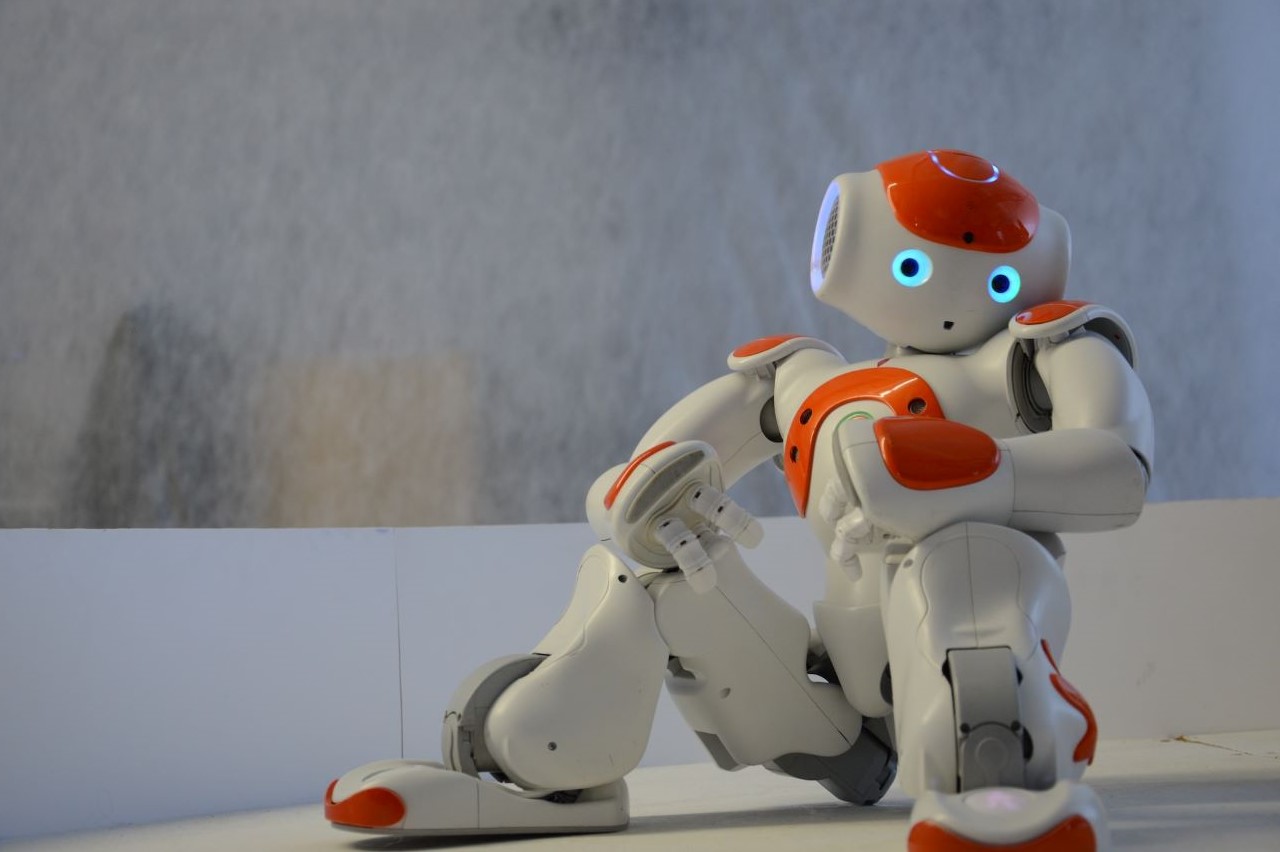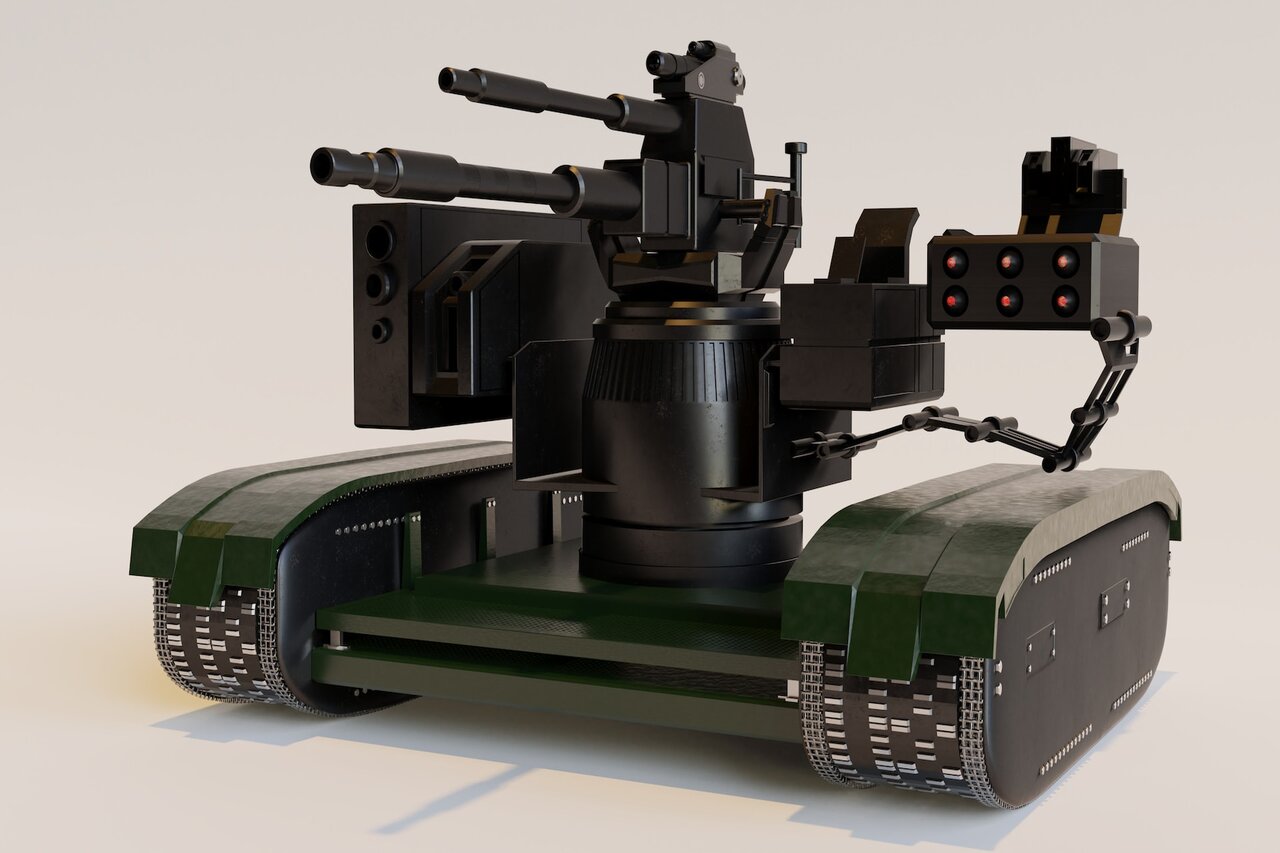You’ve probably seen the kits that let hobbyists build simple robots or may have noticed that consumer robots are starting to gain traction in the marketplace. For example, some robots keep older people company, and of course, robotic machines can vacuum your floors. Those are crucial developments, but how is robotics used in business? Let’s take a look.
Industrial Robots Help Manufacturers Get More Done
How is robotics used in the manufacturing business? Perhaps one of the most familiar ways companies use robots is by implementing them in production. Until recently, the equipment was so large, heavy and potentially dangerous that it only operated behind cages, keeping humans protected from moving parts. Now, companies are increasingly likely to use collaborative robots, also called cobots.
These machines can work alongside people because they’re specially designed for safety. For example, the pieces of equipment have sensors that allow them to detect humans and stop moving if a person gets too close. Cobots are the fastest-growing segment of industrial automation for many good reasons.
They help companies cope with challenges, such as faster turnaround times demanded by customers. Plus, cobots can boost overall productivity. Cobots are mobile and flexible, making them quite versatile. The company decision-makers who invest in them can determine which tasks are most time-consuming, or the ones that typically cause fatigue in workers. Cobots are often excellent candidates for those jobs.
Agricultural Robots Assist With Overcoming Challenges
Working in modern agriculture brings accompanying challenges that may only worsen over time. Rising population growth and the effects of climate change are only two of the many examples. Many professionals in the farming sector depend on robots to help them compensate for those possible difficulties.
How is robotics used in agricultural business? Indoor farming is a solution that many people believe could bring increased food security for the future, and robots play a substantial role in it. Iron Ox is a startup that lets robots do most of the work needed to grow leafy greens.
Humans plant seedlings and package the mature plants before a supermarket sells them, but machines do the rest. They can autonomously weed fields, fertilize soil and harvest crops. If most produce growth happens indoors, output could stay steady despite the weather changes climate change may bring.
There is also a prevalent farm labor shortage and the related issue of an aging workforce. Robots can help agricultural enterprises deal with those things, too. A company called Fieldwork Robotics is among those working on robotic solutions that harvest fruits and vegetables. One machine in development now could eventually pick more than 25,000 raspberries per day, working faster than humans can.
Due to cases like these, robots could change the world for the better by ensuring people have enough food to eat. Many efforts are still in the early stages but show promise nonetheless.
Medical Robots Improve Patient Outcomes
How is robotics used in medical business? Many people are afraid of robots taking over their jobs. But, numerous cases exist whereby robots enhance human abilities. For example, surgical robots are becoming more common. Medical professionals successfully used a robot to treat a brain aneurysm.
Also, some surgeons report that robots let them do things they couldn’t when performing operations via the traditional method. Since the incisions made by surgical robots are generally smaller, patients often recover faster and have less pain. Plus, some robots respond to a person’s unique anatomy.
If a hospital becomes the first in the state to have a surgery robot, or it offers the ability for surgeons to remotely operate on their patients — as should be possible when the 5G network arrives — those medical facilities should experience business growth opportunities.
Retail Robots Help Keep Customers Happy
Robots can assist in the retail sector, too. Walmart will soon bring inventory bots to 1,000 of its stores after performing a smaller trial first. The shelf-scanning robots stand six feet tall and look for missing items. Then, they send the data to a central computer system, letting humans know when and where to restock items. Then, it’s more likely that consumers will arrive to find plenty of items to buy.
Electronics brand Huawei also has a fully robotics-operated store in China. After shoppers choose the items they want to purchase by shopping online or picking something out on-site, two robots work together to find the right products — which are behind bulletproof glass — then give them to customers via a dedicated door.
This application of retail technology is an example of how robots can streamline processes. People who shop this way choose their item and pay for it via an app. Thus, they could get their desired products minutes after arriving at the store, meaning that shopping doesn’t take much time out of a busy day.
Robotics Opens Up Plenty of Possibilities
If these examples tell you anything, it’s that there’s no single way to answer someone who asks, “How is robotics used in business?” There are various ways to rely on them already, and the options will undoubtedly grow over time as technology continues to advance.
Recent Stories
Follow Us On
Get the latest tech stories and news in seconds!
Sign up for our newsletter below to receive updates about technology trends














